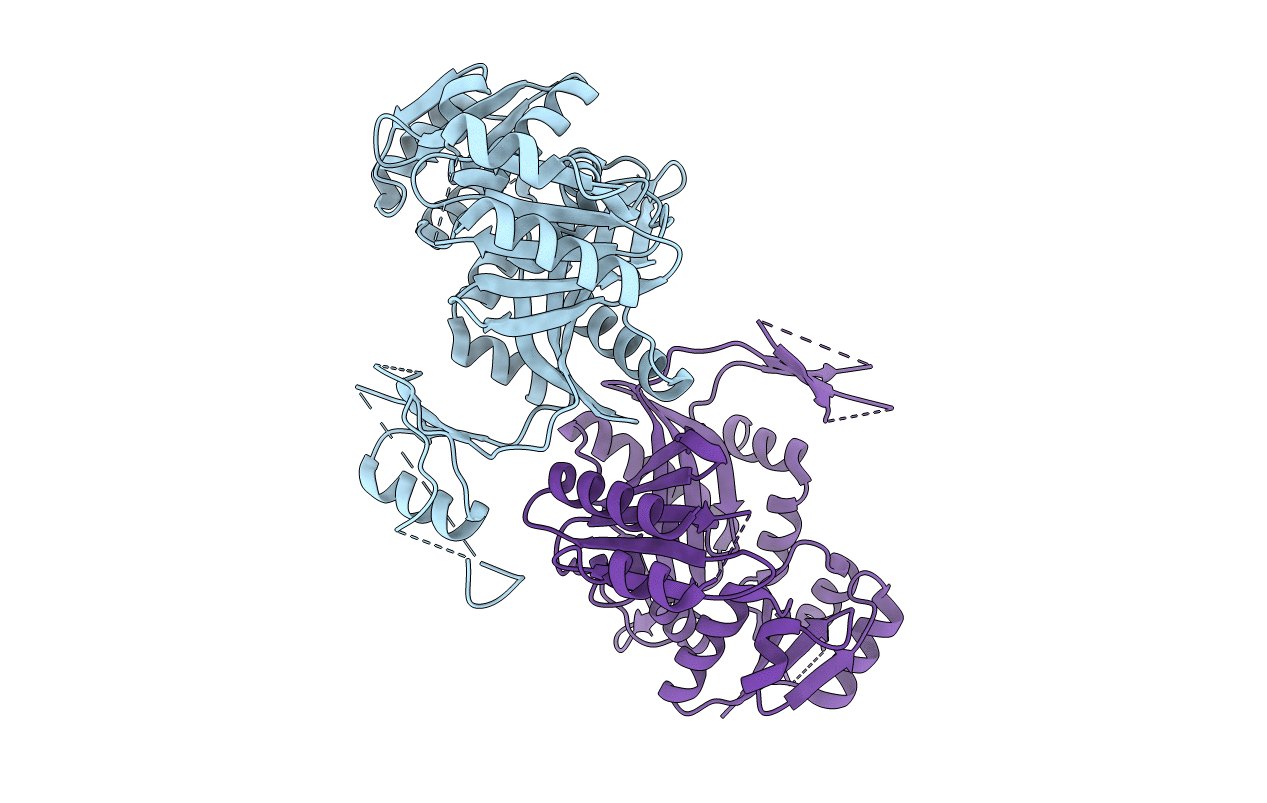
Deposition Date
2019-07-16
Release Date
2019-12-18
Last Version Date
2023-11-22
Entry Detail
PDB ID:
6KHR
Keywords:
Title:
Structure of glycinamide-RNase-transformylase T from Mycobacterium tuberculosis
Biological Source:
Source Organism:
Mycobacterium tuberculosis H37Rv (Taxon ID: 83332)
Host Organism:
Method Details:
Experimental Method:
Resolution:
2.79 Å
R-Value Free:
0.24
R-Value Work:
0.21
R-Value Observed:
0.21
Space Group:
P 31 2 1


